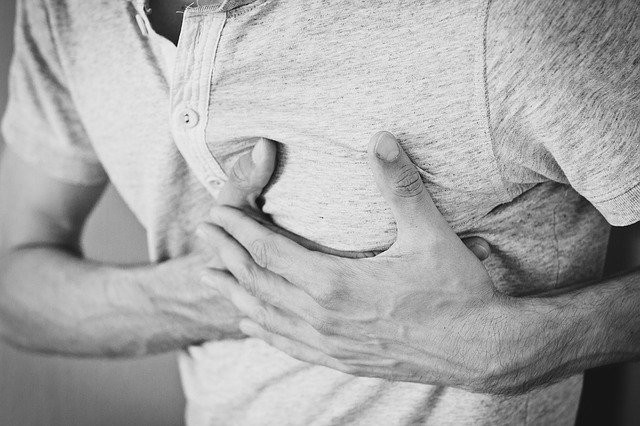Heart disease is the leading cause of death, and prevention is a major public health priority. The beneficial impact of physical activity in stopping heart disease is well documented, but an active lifestyle may reduce the likelihood of death immediately after a heart attack—reports a new study from Europe.
Cardiovascular disease (CVD) continues to be the primary cause of death globally. Even during the current pandemic, SARS-CoV-2 infected patients with comorbidities like hypertension or heart disease have been found to have an increased risk of death than with other comorbidities or co-existing illness: diabetes, kidney disease, liver disease, or cancer.
Prevalence of CVD: How PA Benefits
The impact of CVD on human survival has also emerged from World Health Organization (WHO) estimated data. Of the total deaths estimated in 2016, 31% of deaths—about 17.9 million—were accounted for from CVD. Out of all those deaths, 85% were due to heart attack and stroke.
Considering multiple beneficial effects, increasing physical activity (PA) is one of the five recommendations that WHO urges all 194 member countries to implement, as reported in a fact sheet released on 17 May 2017 (WHO 2017).
Increase PA for better health indeed is not a modern-day thought. Many hundred years ago, ancient philosopher, Plato stated that “Lack of activity destroys the good condition of every human being while movement and methodical physical exercise save it and preserve it.” At the same time, we find many declining to promote the benefits of PA, like Robert M. Hutchins, who said: “Whenever I feel like exercise, I lie down until the feeling goes away” (Fox et al. 1968).
Never before have we had policies focusing increase physical activity and reducing sedentary living as we have now. The trend is new, and the policies many countries, including Canada, have adopted are mostly based on modern research outcomes.
Active Lifestyle Lowers CVD Death Risks
In 2004, a review involving 48 trials of 8940 patients found an exercise-based cardiac rehabilitation given to patients with a different form of cardiac disease lowered total mortality by 26% (Taylor et al. 2004).
In the 2011 Cochrane review that allowed analysis of 47 studies randomizing 10,794 patients to exercise-based cardiac rehabilitation, total mortality was reduced by 18% during follow-up of 6 up to 12 months, and by 13% during follow-up of over one year, while cardiovascular mortality was reduced by 26% (Heran et al. 2011).
Despite the documentation of PA benefits in reducing cardiovascular mortality, little is known about how an active lifestyle benefits immediately after a heart attack compared with a sedentary lifestyle.
A recent publication in the European Journal of Preventive Cardiology, a journal of the European Society of Cardiology (Hansen et al. 2021), addressed the issue and suggested that an active lifestyle is linked with a lower chance of dying immediately from a heart attack.
To get the results, the researchers used data from 10 European observational cohorts of 28,140 individuals, including healthy participants with a baseline assessment of physical activity who had a heart attack during follow-up. The researcher categorized participants according to their weekly leisure-time physical activity: sedentary, low, moderate, or high.

Of the participants who died within 28 days of their heart attacks, —4,976 (17.7%) of total participants—3,101 (62.3%) died instantly; the study found a higher level of physical activity was associated with a lower risk of instant deaths.
Patients who had engaged in moderate and high levels of leisure-time physical activity had a 33% and 45% lower risk of instant death than sedentary individuals. At 28 days, these numbers were 36% and 28%, respectively.
Supporting the current European guidelines (Piepoli et al. 2016) of weekly physical activity—at least 150 minutes a week of moderate-intensity or 75 minutes a week of vigorous-intensity—the author of the study show that at least minimal physical activity during sedentary activity there is a decreased risk of death soon after the heart attack.
In a press release, Dr. Hansen, the lead author of the report, stated: “There are many ways to be physically active at little or no cost. Our study provides yet more evidence for the rewards of exercise” (ESC 2021).



















